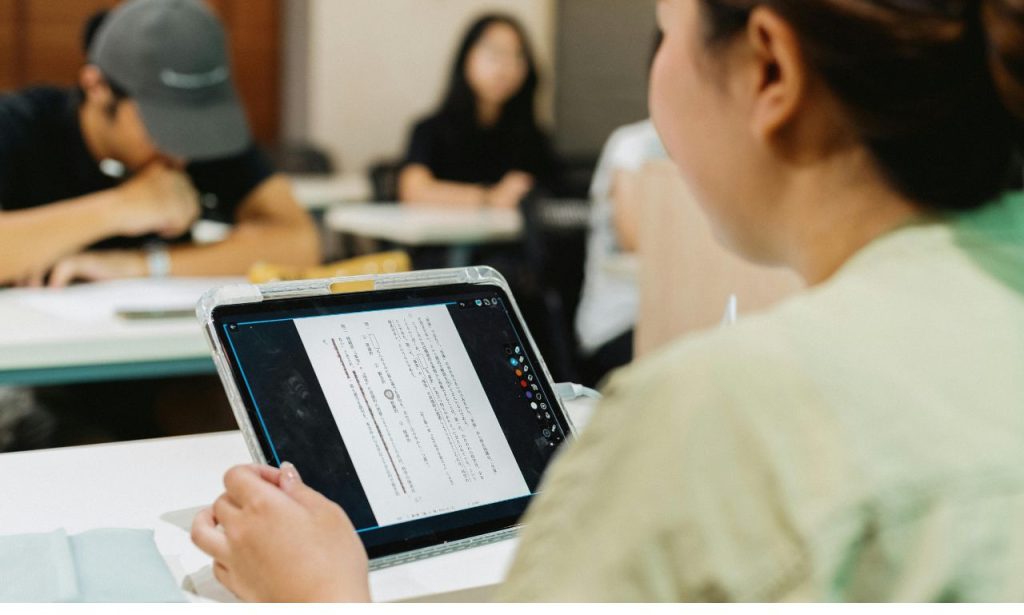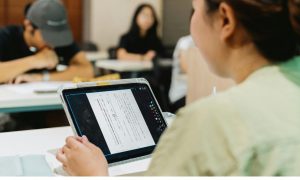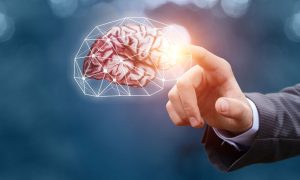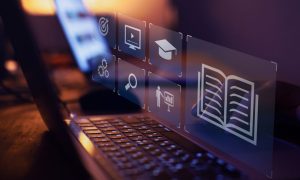Education is often described as the great equalizer, but the truth is—it’s not just about the content you learn. It’s about how you know it. Imagine two students studying the same textbook: one highlights passively, the other builds mind maps, practices retrieval, and teaches the material to a peer. Both spend the same hours, yet one dramatically outperforms the other. That’s the power of learning strategies.
Researchers have been fascinated by the role of learning strategies for decades. From the 1970s, when cognitive psychology began reshaping classrooms, to today’s discussions about AI tutors, one fact remains consistent: the way students approach learning has a profound impact on their academic outcomes. In this article, we’ll unpack the impact of learning strategies on academic achievement, covering the science, the real-world stories, and practical advice you can apply right away.
Cognitive Learning Strategies
Cognitive learning strategies are the foundation for processing information effectively. Think of them as the mental shortcuts that help students organize and retain material. These include elaboration (connecting new info with prior knowledge), rehearsal (repetition), and organization (summarizing, mapping, chunking).
A famous study by John Dunlosky and colleagues (2013) evaluated ten standard learning techniques. Their conclusion? Strategies like practice testing and distributed practice consistently ranked at the top, while highlighting—everyone’s favorite—barely moved the needle. This highlights a significant disconnect: students often rely on easy strategies rather than effective ones.
In classrooms worldwide, teachers who incorporate explicit strategy instruction see tangible results. For instance, Japanese classrooms emphasize “kikan-shidō” (periodic checking in) where teachers model cognitive strategies live. Students don’t just learn math; they know how to learn math.
Deep Learning Strategies vs. Surface Learning Approaches

There’s a stark difference between memorizing and truly understanding. Surface learning involves memorizing facts for tomorrow’s test. Deep learning, on the other hand, focuses on meaning, patterns, and critical connections.
Take an engineering student. A surface learner might memorize formulas without context. A deep learner will apply those formulas to real-world problems, asking why the bridge holds under stress or why a circuit fails under load. Guess which student thrives not just on exams but also in their career?
Research from the University of Edinburgh found that students who consistently engaged in deep learning strategies scored higher not just in assessments but also in long-term retention. More importantly, they reported higher academic satisfaction. This echoes something you probably felt in school yourself—when you “get it” at a conceptual level, studying feels less like a grind and more like curiosity at work.
Direct Impact on Academic Performance and Achievement
The immediate benefit of effective learning strategies is improved academic performance. Let’s be honest: grades matter. They determine scholarships, internships, and often the first job opportunities.
Students who use active recall consistently outperform those relying on passive review. In fact, a meta-analysis in Psychological Science showed test-enhanced learning boosts scores by up to half a letter grade on average. That’s not trivial—it can mean the difference between a B+ and an A.
But beyond averages, real stories make this relatable. Consider the story of an inner-city school in Chicago that integrated retrieval-based learning into its curriculum. Over the past three years, graduation rates have climbed 17%. For many students, that strategy shift literally changed their life trajectory.
Improved Grades and Test Scores
When students shift from highlighting to self-quizzing, grades improve dramatically. Consider the SAT, GRE, or MCAT prep industry. Why are flashcards and practice tests the gold standard? Because retrieval practice cements memory far more effectively than rereading notes.
A 2019 study in Educational Psychology Review found that students who employed spaced repetition systems (SRS) scored on average 14% higher than control groups. That kind of jump isn’t about “luck”—it’s strategy at play.
Even in less formal settings, these strategies shine. I once worked with a college sophomore who struggled with the subject of biology. After switching from rereading to daily recall quizzes, his exam average jumped from 68% to 84% in one semester. It wasn’t about being “smarter”—it was about being strategic.
Beyond Grades
While grades are the visible currency of education, the hidden payoff of learning strategies goes much deeper. Effective learners develop habits that impact their careers, relationships, and even their health.
Think about lifelong learning. In today’s job market, skills have a half-life of about five years. Without strong learning strategies, you’re stuck. With them, you can reskill and stay relevant. It’s not just about surviving exams; it’s about thriving in life.
Developing Critical Thinking and Problem-Solving Skills
Learning strategies like elaborative interrogation—asking “why” something is true—train the brain to think critically. Instead of absorbing data unquestioningly, students interrogate assumptions.
For example, in law schools, the Socratic method isn’t just about being difficult. It forces students to defend their reasoning, sharpening their thinking. These approaches build transferable problem-solving skills.
A Deloitte report (2020) showed that employers ranked problem-solving as the number one skill they sought. When students practice strategies that enhance analysis, they’re not just prepping for exams—they’re prepping for leadership roles in tomorrow’s economy.
Cultivating Creativity and Innovation
Surprisingly, structured learning strategies can enhance creativity. It sounds counterintuitive, but when your brain masters the mechanics, it has more bandwidth for originality.
Take musicians. A pianist who practices deliberate chunking of scales eventually frees mental energy to improvise. Similarly, students who use concept mapping in science often stumble upon novel connections, sparking innovation.
Steve Jobs once said, “Creativity is just connecting things.” Learning strategies literally train the brain to connect dots. That’s why so many Nobel Prize winners credit “thinking tools” as much as inspiration for their breakthroughs.
Factors Influencing Strategy Effectiveness
Not all strategies work equally for everyone. Factors like motivation, prior knowledge, and even culture play significant roles.
A motivated student will stick with spaced practice, while a disengaged one may abandon it after a week. Similarly, cultural norms shape preferred strategies. In Finland, collaboration is emphasized; in South Korea, repetition is king. Both yield strong results, but the context matters.
Technology also adds complexity. With AI-powered flashcard apps and adaptive learning platforms, strategies evolve. The key takeaway? Effectiveness isn’t static—it’s dynamic, influenced by environment and individual psychology.
Practical Application
The real challenge isn’t knowing strategies—it’s using them consistently. Students often resist effective strategies because they feel harder. Active recall is mentally more taxing than rereading. But as psychologist Robert Bjork calls it, these “desirable difficulties” are what make learning durable.
Schools that integrate strategy training early see profound outcomes. In the UK, programs teaching “learning to learn” skills in middle school have improved GCSE outcomes by an average of 8%. That’s policy-level proof that practical application matters.
Strategies for Students

So, what can students actually do? First, adopt a retrieval practice daily. Quiz yourself, don’t just reread notes. Second, use spaced repetition apps like Anki or Quizlet. Third, create concept maps for subjects that are heavy on interconnections, such as history or biology.
But strategies aren’t just tools—they’re habits. Create a study environment free from distractions, establish micro-goals, and reward consistency. Remember, strategy without discipline is like a gym membership without workouts—it looks good on paper but does nothing.
Conclusion
Learning strategies transform academic outcomes. From boosting grades to developing critical thinking, they act as multipliers of effort. Students who embrace them not only score higher but also become agile learners ready for a world where knowledge changes daily.
If you’re a student, ask yourself: Am I learning efficiently, or am I just busy? That single shift in mindset could define not only your GPA but your career trajectory.
FAQs
An NFT is a digital asset stored on blockchain, often tied to art, music, or collectibles. People pay millions due to scarcity, ownership proof, and speculative value. While not directly linked to learning, understanding NFTs is another example of why effective learning strategies matter—you need to grasp new concepts quickly in a fast-changing world.
Retrieval practice consistently shows the most potent effect on test performance across multiple studies.
Not entirely. For short-term memory, they can be helpful. But they rarely produce lasting knowledge.
Culture shapes how students approach learning. For example, collectivist societies emphasize collaboration, while others prioritize independent study.




